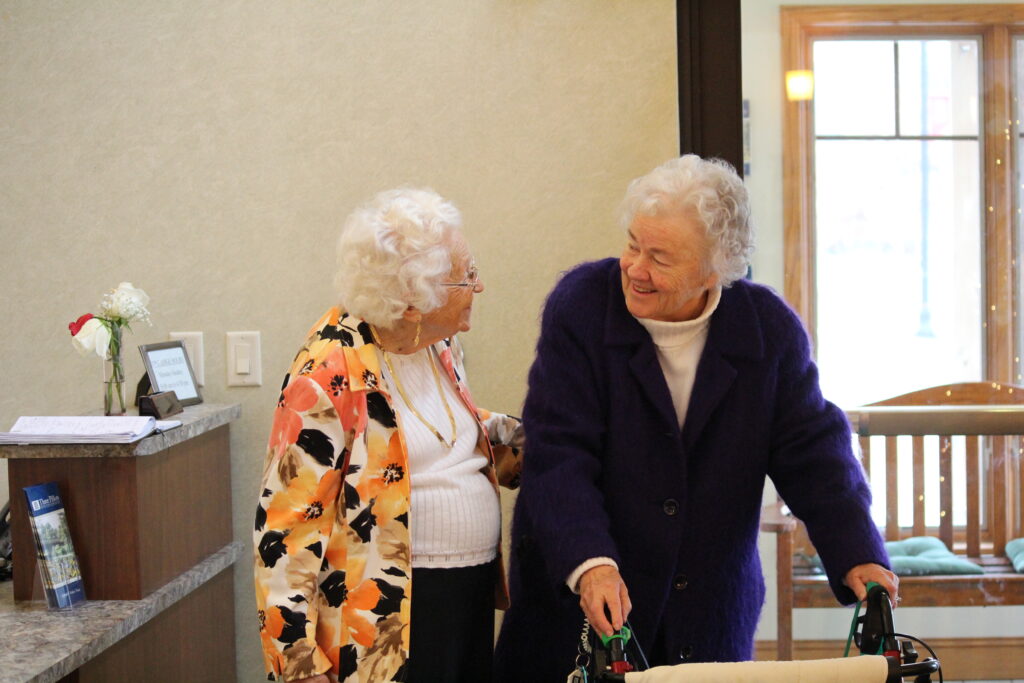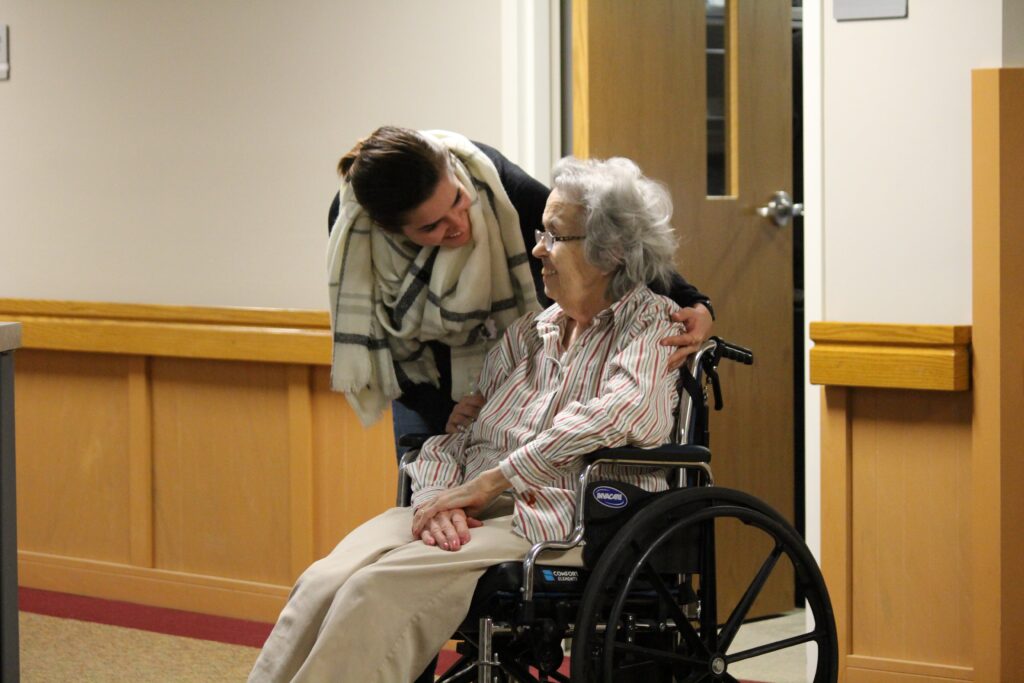Assisted Living vs. Independent Living: Comparing 4 Common Levels of Care at Senior Living Communities
If you know a bit about senior living communities, you know that options abound. There are options for floor plans, meals and food, recreational groups, and housekeeping services.
But what about the different types of senior living communities? Before you can even delve into the details of food and recreation, it’s imperative that you know the basics about four common types of senior living communities. It is best to work with your family, your physician, and the nurse at the senior community to determine which senior living option is best for you, but the following will provide you with a high level overview of the different levels of senior living.
- Independent Living Communities | IL | Retirement Community | Senior Apartments – This is a living environment with minimal to no senior care or services provided. There is usually a minimum age requirement and residents are all able to care for themselves independently. You may find amenities such as a restaurant, light housekeeping services, and onsite maintenance staff to care for exterior work like mowing and interior work like a leaky faucet.
- Assisted Living Community | Catered Living | AL – In this type of community, residents live in their own apartment with medical or supportive personal care provided. These services could be physical assistance like help getting from point A to point B, medication administration, assistance with personal care, or reminders about appointments and activities. Assisted Living includes most or all meals, housekeeping services, and activities. There are professionals in the building 24 hours per day, many of whom are licensed in nursing. Many Assisted Living facilities offer various levels of care, as well; one person could be living there under a basic care plan and paying the minimum amount, while their neighbor could be have the highest care plan, receiving many visits per day from staff and paying a higher monthly rate.

Work with your family, your physician, and the nurse at the senior community to determine which senior living option is best for you.
- Memory Care | Dementia Care | Alzheimer’s Unit – This setting is designed for someone who’s main need is support due to memory loss. Often, (though not always), the people at this level of care are quite physically able, and just need reminders throughout the day along with stimulating activities. This type of service can be provided in an Assisted Living or Nursing Home setting, depending on the community. Most services that are included at general assisted living are also included at memory care, and there are typically options to add additional services as needed. This level tends to cost more than regular Assisted Living due to the specialized training and programming required to provide the best quality of life for these residents. These are usually locked communities, as well, to prevent residents from wandering and keep them safe.
- Skilled Nursing | Nursing Home | Skilled Care | Long Term Care – This refers to the highest level of care that continuing care retirement communities can provide, with registered and licensed nurses on site 24 hours per day to care for the highest level of medical and physical needs. In addition to nursing needs, other services like meals, activities, and transportation are also included. Most communities offer short-term rehabilitative stays for someone recovering from an injury, illness, or surgery, as well as long-term-care for those who require skilled nursing services on a regular basis.

If you remember one thing, remember this: when looking into a community, be up front about exactly what you or your loved ones’ needs and wants are. After all, senior communities are there to meet your needs. Contact us if we can be of any assistance to you.




